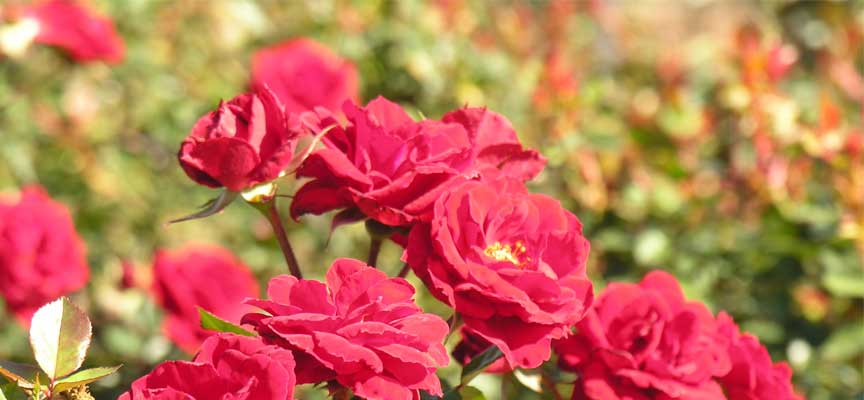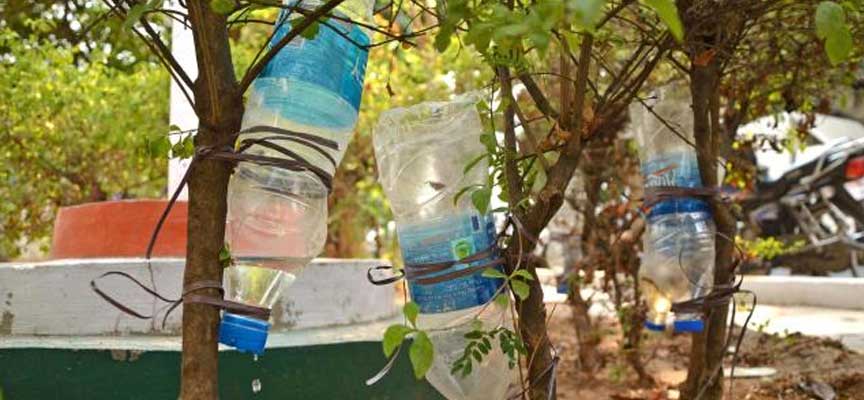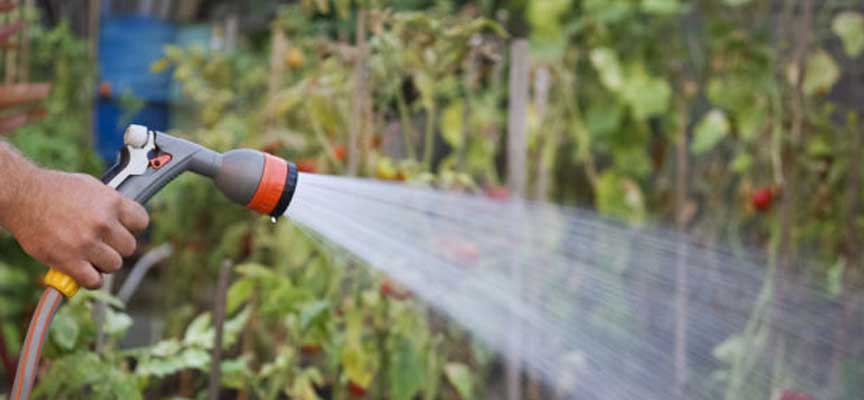Soil for garden
Soil fertility depends on physical factors (structure), chemical (nutrients supplied to the plants) and biological (the activity of beneficial organisms). The soil you use in your garden, it is quite fertile?
To ensure the health and productivity of our garden is essential for the use of natural fertilizers. The ideal is a medium-textured soil or a soil where sand, clay, and stones (with a diameter greater than 2 mm) are simultaneously present in the right proportions.
The medium-textured soil will work better and also allows the ingress, deducting the amount necessary to the life of our garden. If the soil does not present these features, it’s up to us to ensure the fertility of the soil with appropriate processing. Let’s look at a few :
- The addition of land opposite nature; which consists of bringing peat mixed with expanded clay, which improves the aeration and the porosity of the soil in addition to ensuring better drainage. Or adding to the compost for the garden proper amounts of lime or marl. Marl is a land rich in limestone and then calcium, which plays beneficial effects on soil structure as it urges the coagulation of clay particles by improving the porosity.
- The careful removal of surface residues such as obvious roots, weeds, rocks, rubble, bricks, trash, etc…. Later in the processing of frequent land with specific tools that facilitate the disruptive action of atmospheric agents, improving the compactness of the soil.
- Organic fertilization; which is to meet the nutritional requirements of the crops. The organic matter par excellence, traditionally used in agriculture is manure or manure, obtained by the fermentation and maturation of the litter of traditional farms.
Also, essential nutrients to enrich the soil are phosphorus and potassium, which we find in the wood ash. The lime powder, rich in magnesium, neutralizes the acidity of the soil and aids in the absorption of nutrients by plants. Finely crushed shells of molluscs are a great supplier of calcium. The gypsum, calcium sulphate in fine powder, lighten the soil to compact and heavy.
Useful tips for the garden soil: If the ground has hosted a construction site for more than three months, it is recommended deep plowing (50-60 cm), followed by a carry-over of good garden soil, a layer of 20 -30 cm, which will expand the roots. The carryover is also useful on land emerging from a long period of non-use (fallow) or particularly poor.
If the soil has bumps and dips it is important to pave the ground in a big way by passing several times with a cultivator to a depth of 15-20 cm in a condition of land ” in tempera, ” that is neither wet nor dry. Well crush the clods and administer substances necessary to increase fertility and improve soil structure, with manure and fertilizers.
If the soil surface is not uniform, it is advisable to spend more time on the net rake or grader, giving a profile of gently sloping outward, to encourage the disposal of excess water. So you go with the special roller 50 kg (also available for rental), for two to three times if the ground is very soft.
If the soil is subject to excessive pooling of water, it is recommended to install an underground drainage system with slotted pipes that collect water funneling down the drain.
Determining factor for improving the soil of the garden is mulching, an operation that consists of covering the soil with a layer thickness of 10-12 cm, or 3-5 cm, depending on the type of material that may be of organic origin or inorganic.
Organic materials are the bark, straw, manure, dried leaves, hazelnut shells, cocoa beans, coconut fiber, compost, biodegradable fibers, etc…. The materials of inorganic origin are the non-woven fabric (TNT), copper, gravel, volcanic lapilli, polypropylene, slate chippings.
The function is to prevent the growth of weeds, reduce watering, especially in the summer, protect the surface roots of the plants from the heat in summer and cold in winter, keep the soil moisture, prevent erosion due to both drops of rain to the irrigating water.






